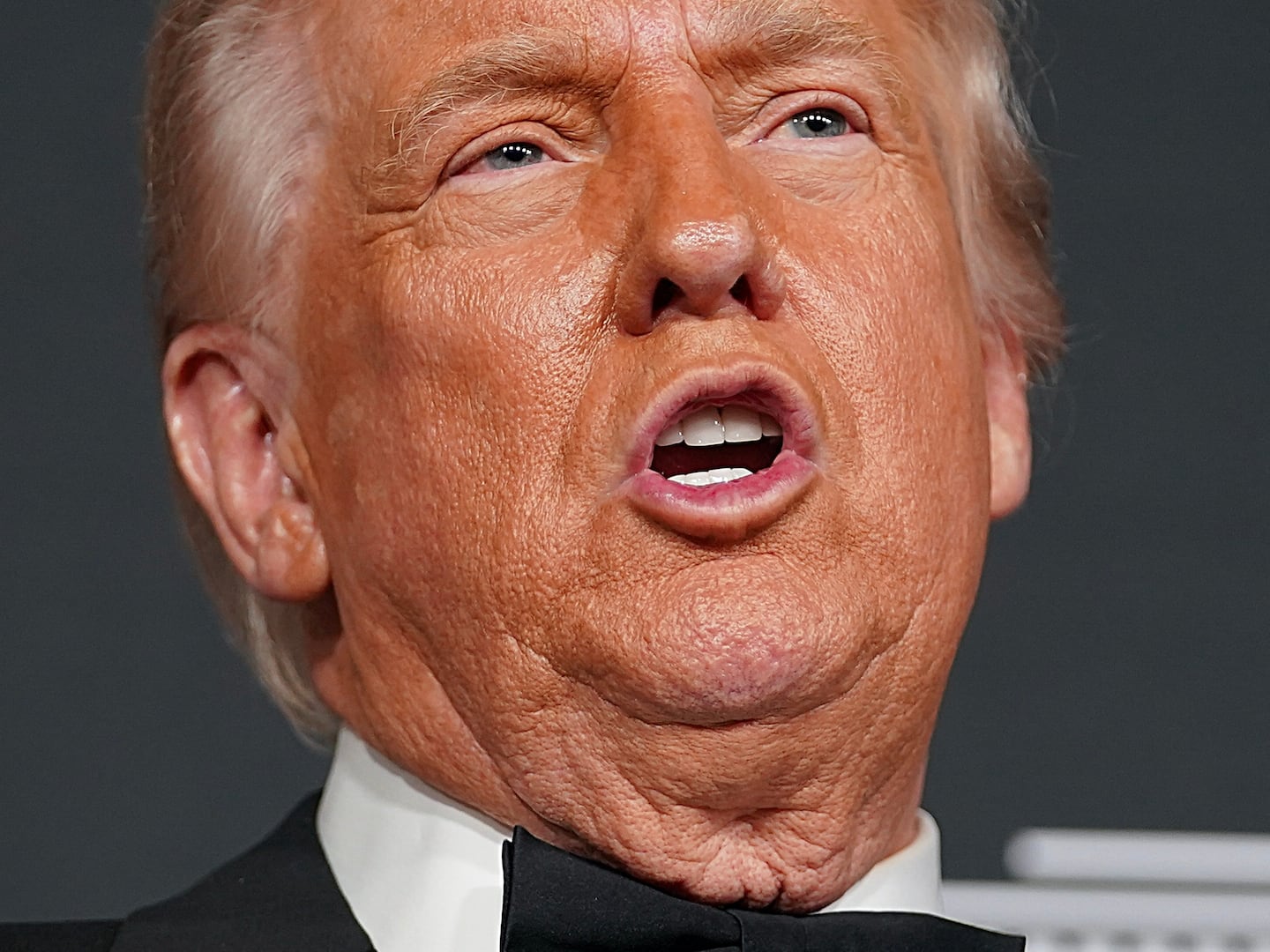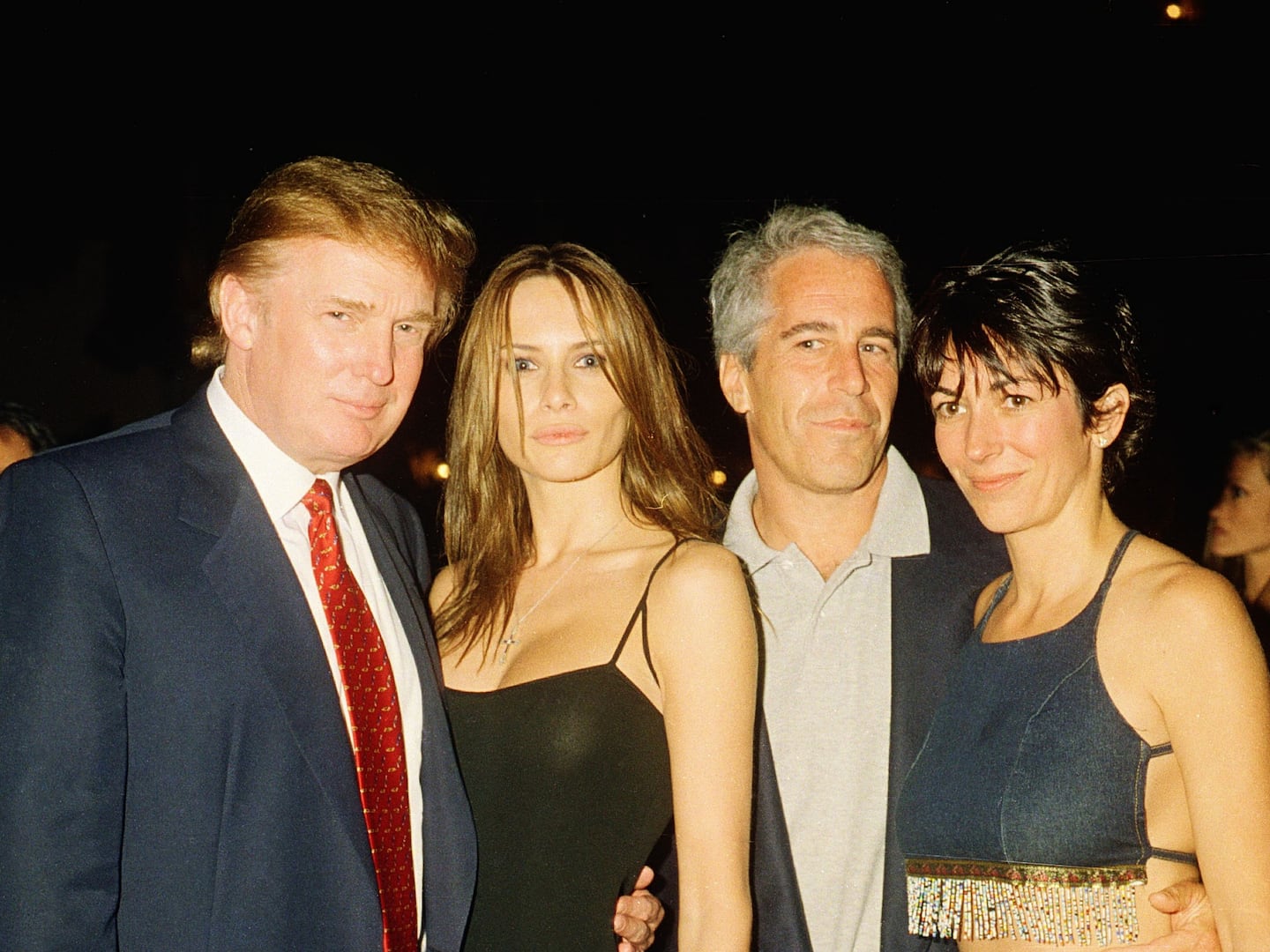How to Get Away With Murder is a very silly show.
This is a TV drama that, first of all, is called How to Get Away With Murder. It’s a series that spent weeks teasing in commercials nine episode-closing words that, apparently, would leave you shocked. Those nine words: “Why is your penis on a dead girl’s phone?”
This is a very silly show.
It also, as it happens, is a very important show. In fact, looking back over its wildly successful, unimaginably progressive first season on ABC, it may be the single most important show on broadcast television.
You see, to get away with such unabashed silliness requires boundless confidence in storytelling and fearless commitment to genre. It requires audacity—something the stars and creative team behind How to Get Away With Murder possess in spades.
Pushing boundaries of what can be shown on television is of course de rigeur these days, with the ante being upped on graphic depictions of violence and nudity all over cable TV. Over the course of its first season, HTGAWM has pummeled boundaries when it comes to how diversity, especially in sexual orientation and race, is portrayed on TV—the effects of which we can’t even start to measure now. No broadcast television series is doing more for diversity in prime time than this one.
When asked about the groundbreaking moments that have quickly turned HTGAWM into must-see TV, series creator and showrunner Peter Nowalk is shockingly matter-of-fact about the whole thing. “We’re just writing what’s out in the world,” he tells me, days before Thursday night’s two-part season finale airs.
He’s certainly right. For the first time, typically marginalized groups are able to look at a television series and actually see characters like themselves not only merely existing, but behaving in all of the complicated, sexy, fascinating ways that white, straight characters have been behaving for years now.
“We have a very diverse writers’ room, and a very diverse cast,” Nowalk says. “From that comes real life.” He makes it sounds so simple. And maybe it is. But it’s still important work.
For the first time on network television, for example, a gay character was given a sex life that wasn’t just alluded to, but actually depicted with all the sensuality and raunch of “straight” sex scenes. In the premiere of HTGAWM, one gay man was seen performing anilingus on another. On network television. In prime time.
The next week, the ever-elegant Viola Davis, who plays ruthless defense attorney Annalise Keating, stunned audiences and critics with a scene in which she, in a moment of emotional nakedness, painstakingly removes her wig and makeup, revealing her natural hair and face—something black actresses have never done, or perhaps even been allowed to do, on television before. It was fabulous.
And then last Thursday, the indomitable Cicely Tyson guest-starred as Annalise’s mother. For the majority of an hour-long episode of a drama on network television, two black actresses over the age of 40 shared the screen together. Alone. Can you think of the last time that happened?
“It’s like those scenes in Heat when De Niro and Pacino were in scenes together,” Nowalk says of those Davis-Tyson two-handers. “It’s so rare to get to do on TV. It’s a lot of pressure. Because you’re like, ‘What are we going to do that lives up to these two talents?’”

But Nowalk and the show’s writers took the landmark moment—these phenomenal actresses working together—and went a step further.
The episode’s big climax, in which Tyson’s character reveals a family secret that shows that her daughter is as different from her mother as it may initially seem, is staged with Tyson combing Davis’s hair— her natural hair. The ritual of it all is an integral part of black culture, slices of which we are still only now seeing for the first time.
Again, Nowalk credits a diverse writers’ room for shepherding moments like this to air.
“Whether there are slices of black culture or slices of gay culture or slices of Republican culture, with Asher, we’re just writing what we know,” he says. “It’s not a conscious decision to say, ‘What slice of culture are we going to show in this episode?’ It’s more just, ‘This is what a black mother and her black daughter would do.’ She would comb her hair. Then it was just like, ‘All right, let’s do that in the scene.’ It’s as simple as that.”
But even if writing these scenes are “simple” decisions, and there is no, at least by Nowalk’s admission, progressive agenda or crusade to change the face of television behind their eventual inclusion in episodes, Nowalk doesn’t appear to be naïve. He had to have known, for example, that showing one gay man eat out another gay man’s ass on primetime would stir a reaction, or that having Oscar nominee Viola Davis remove her wig on broadcast television would get people talking. Right?
“You hope they get reactions, because that means people are watching the show,” he admits. “For me, I get very excited by things that I haven’t seen before on TV. So when Viola pitched the wig moment, we knew we wanted to put that in the first two episodes because it was something new and something you haven’t seen every day. Because what’s the point of making TV if you just make something you see every day?”
Not to belabor the point, but something you seriously don’t see on TV every day: a rimming scene between two guys.
“In terms of the rimming scene, or the innuendo of rimming, that again felt like, to show two guys making out and about to have sex, what felt new and fresh?” he says. “It only comes from that.”
It’s actually quite tickling, even refreshing, to hear Nowalk’s humility and frankness when discussing the origins of these scenes. He speaks about them almost with a shrug. Us? We freaked the hell out after each one of them aired.
“That’s what’s surprising about a lot of reactions,” he says. “People tell me, ‘We haven’t seen two gay men make out like this on network TV.’ I’m always, like, ‘Really? Haven’t we?’ Because somewhere in my brain I feel like we have.”
If there’s a sense that the progress has already been made in the HTGAWM writers’ room, it might have to do with the show’s titanic producer, Shonda Rhimes, who has, with her series Grey’s Anatomy and Scandal, reinvented the way race, sexual orientation, and the complexity of human nature is portrayed on screen. Nowalk might be so cavalier about the strides his show is making because, for him, the way diversity’s portrayed should be—and is—the norm.
Like the rest of us, he worships at the altar of Shonda.
“I feel lucky because clearly a lot of these battles have been fought in the past. And clearly Shonda fought a lot of them,” he says. “And all I’m doing now as the showrunner of this show is getting to reap all the rewards. ABC wants new things and for the show to be fresh. So it’s been really easy, in a way that makes me very happy about the world.”






